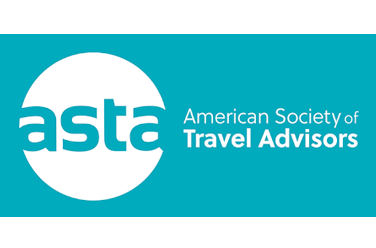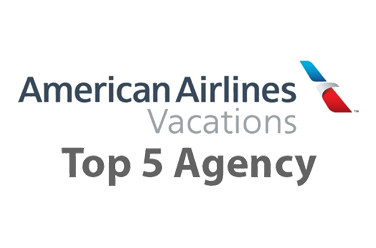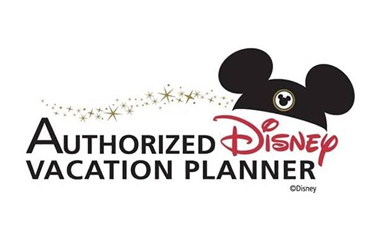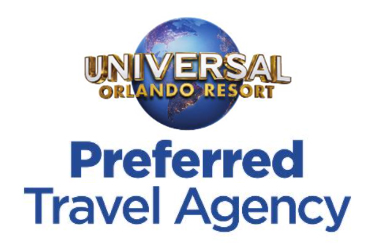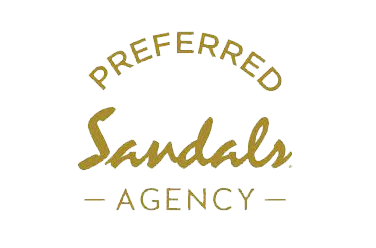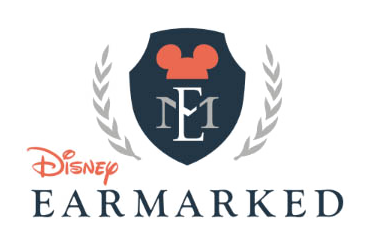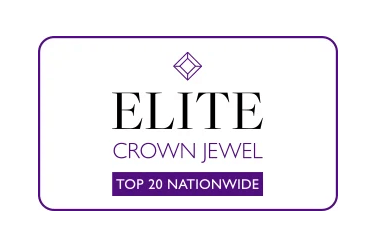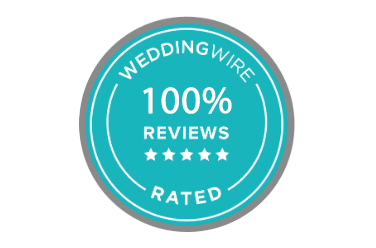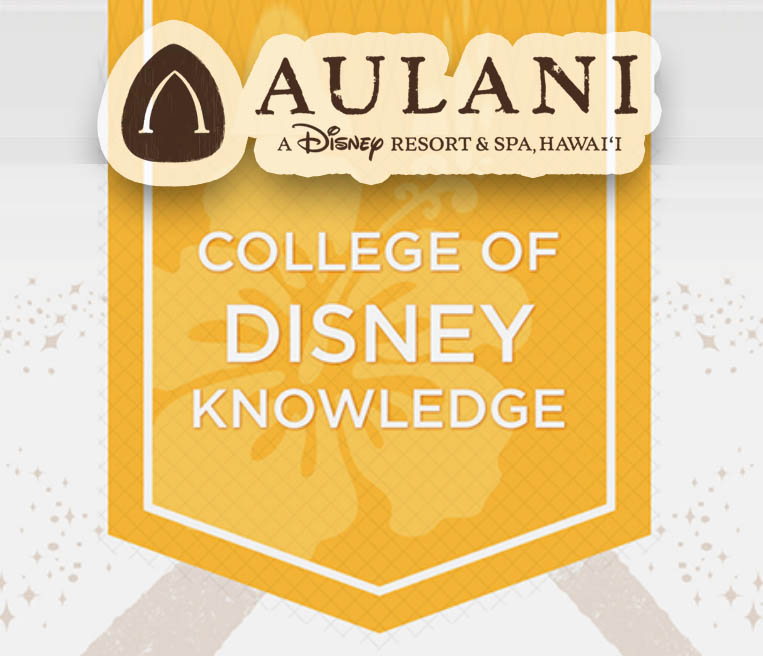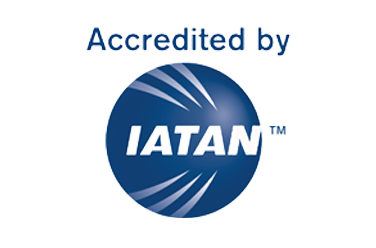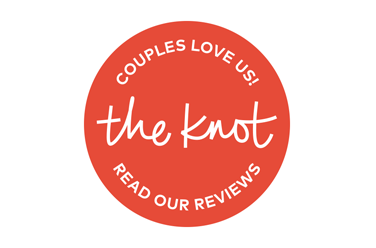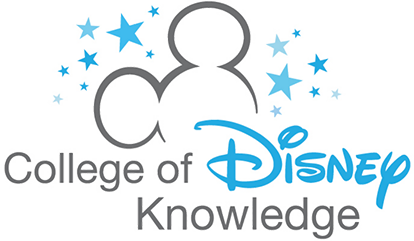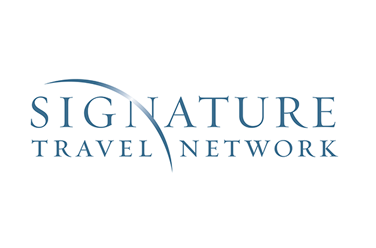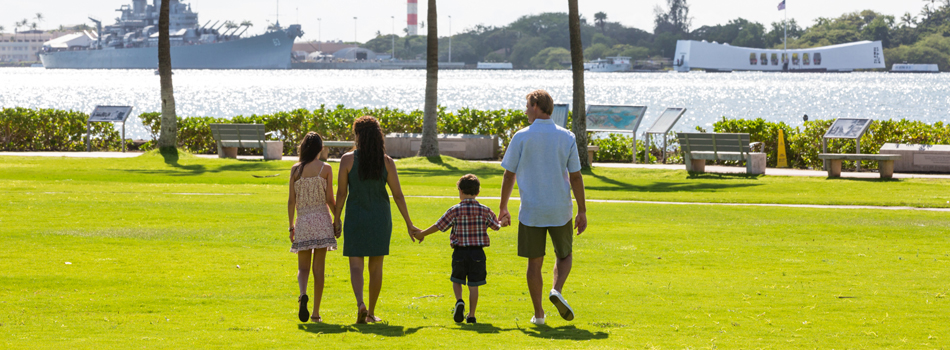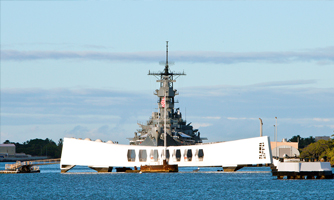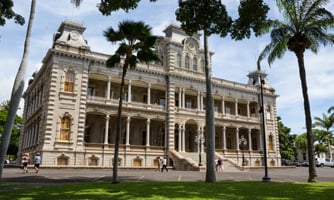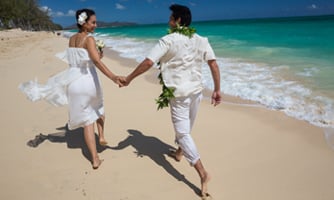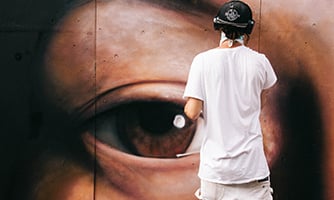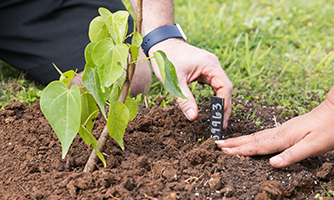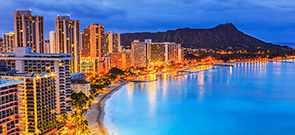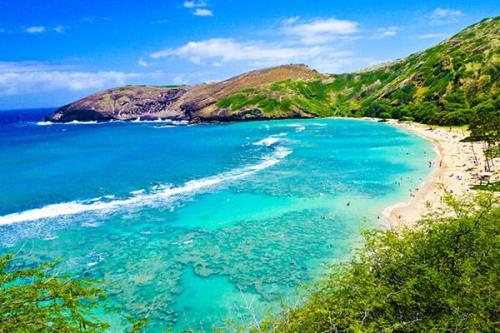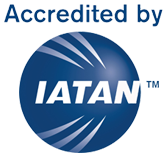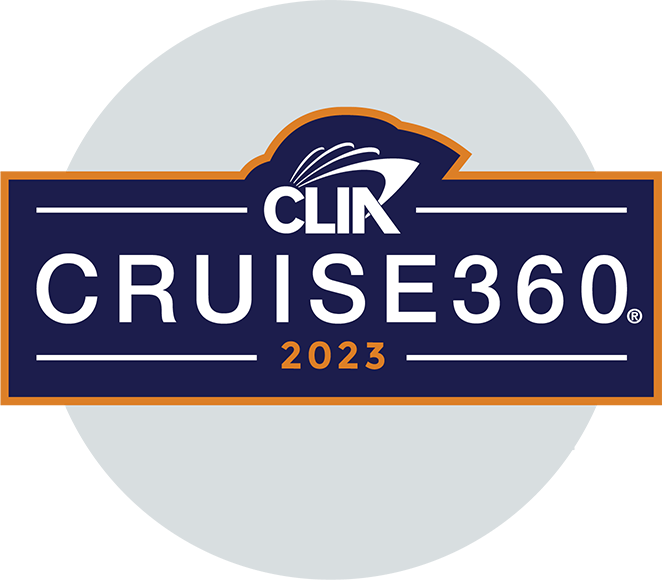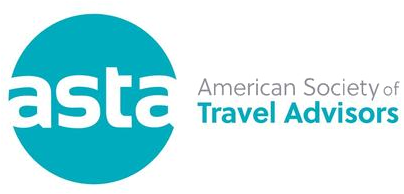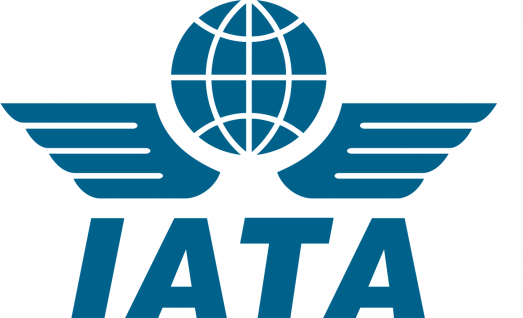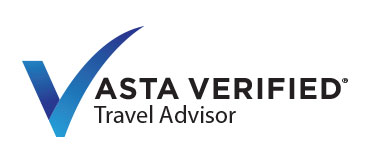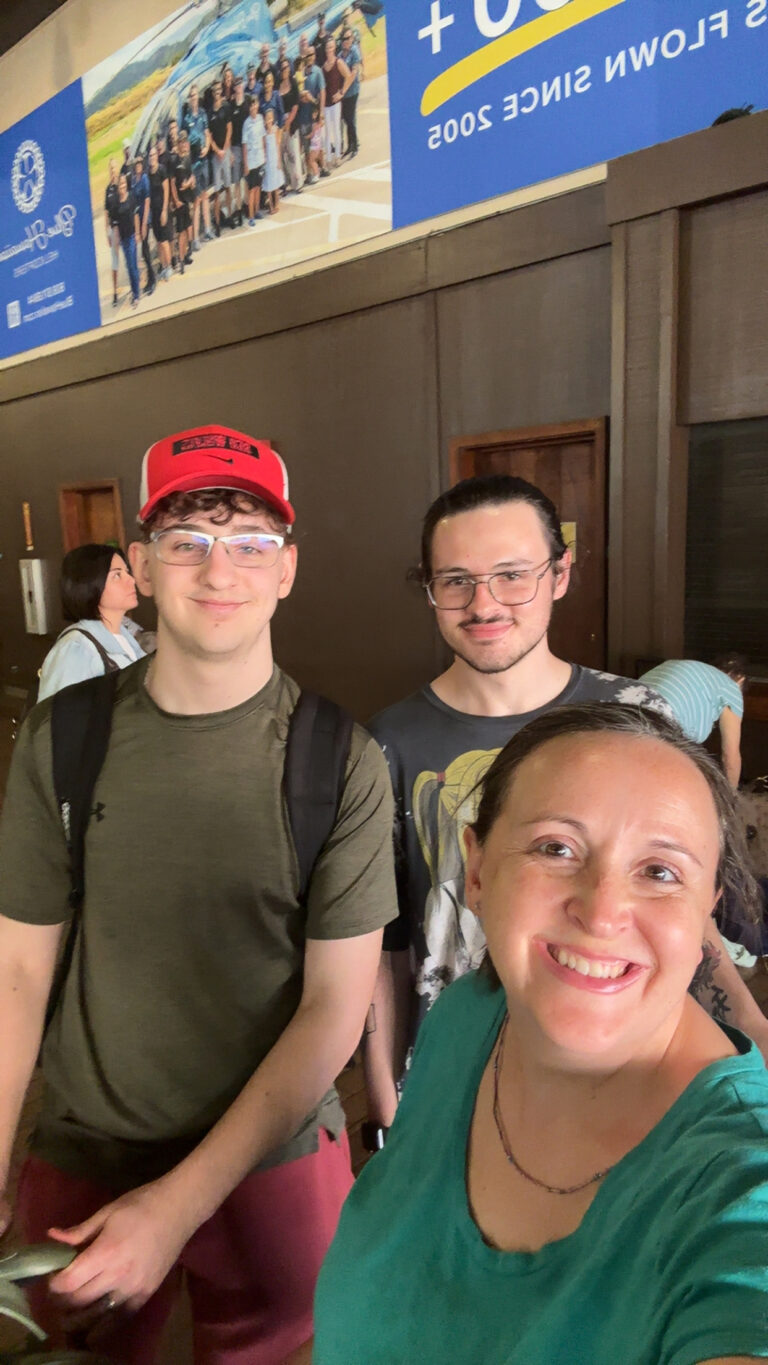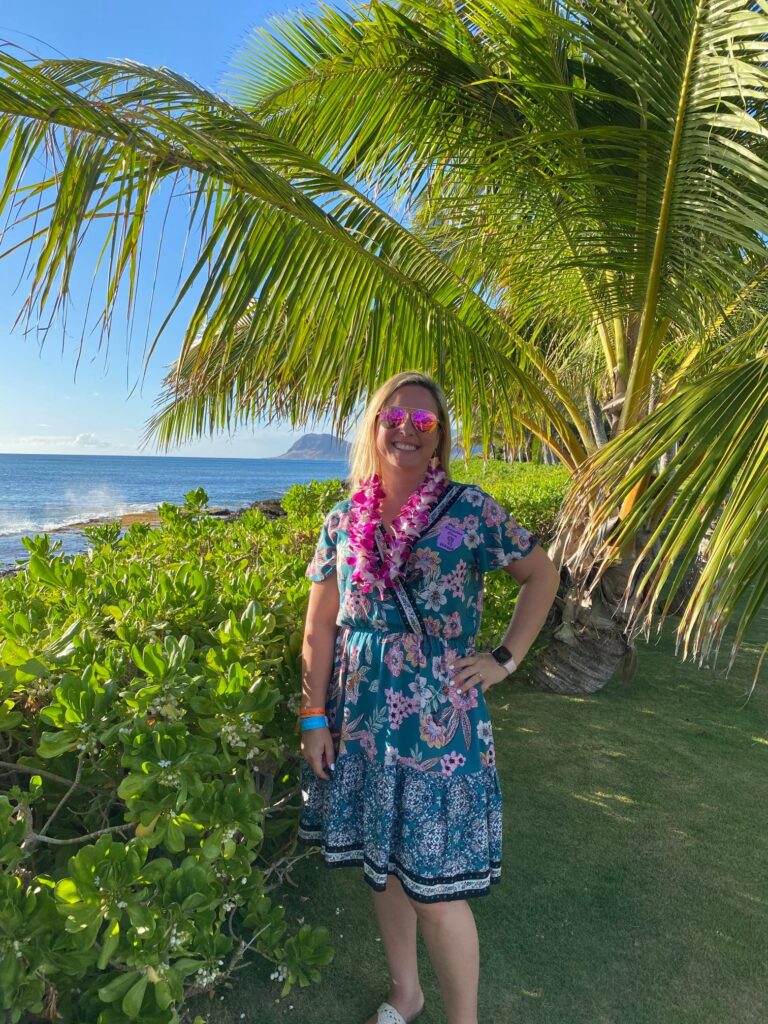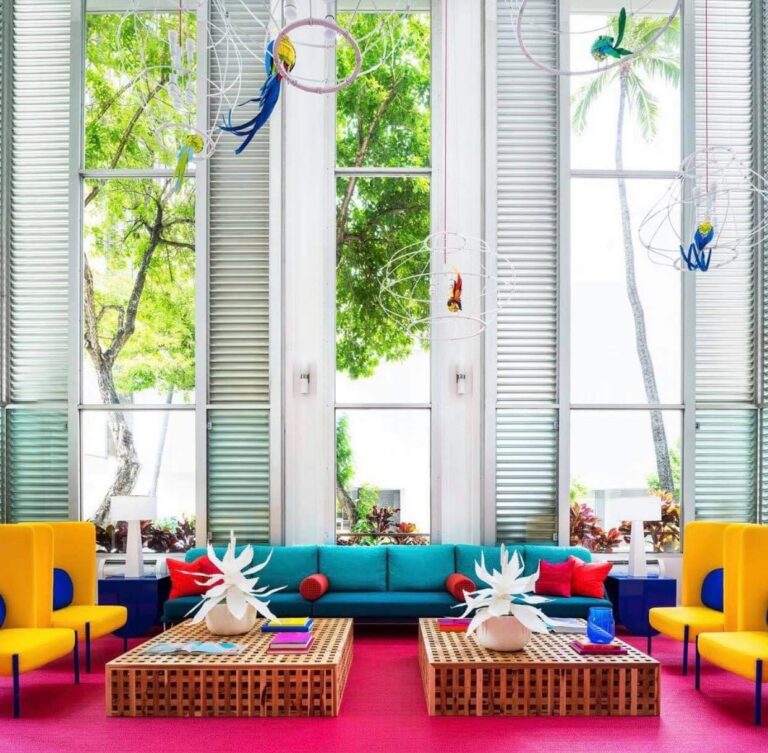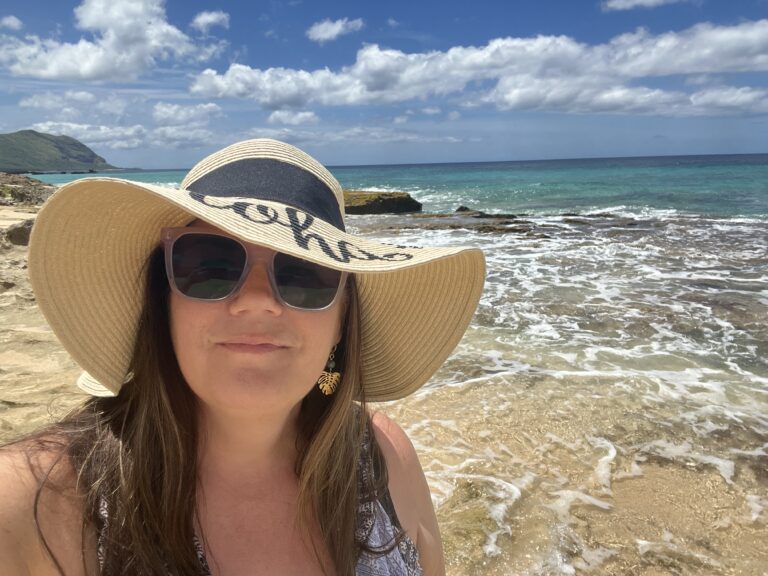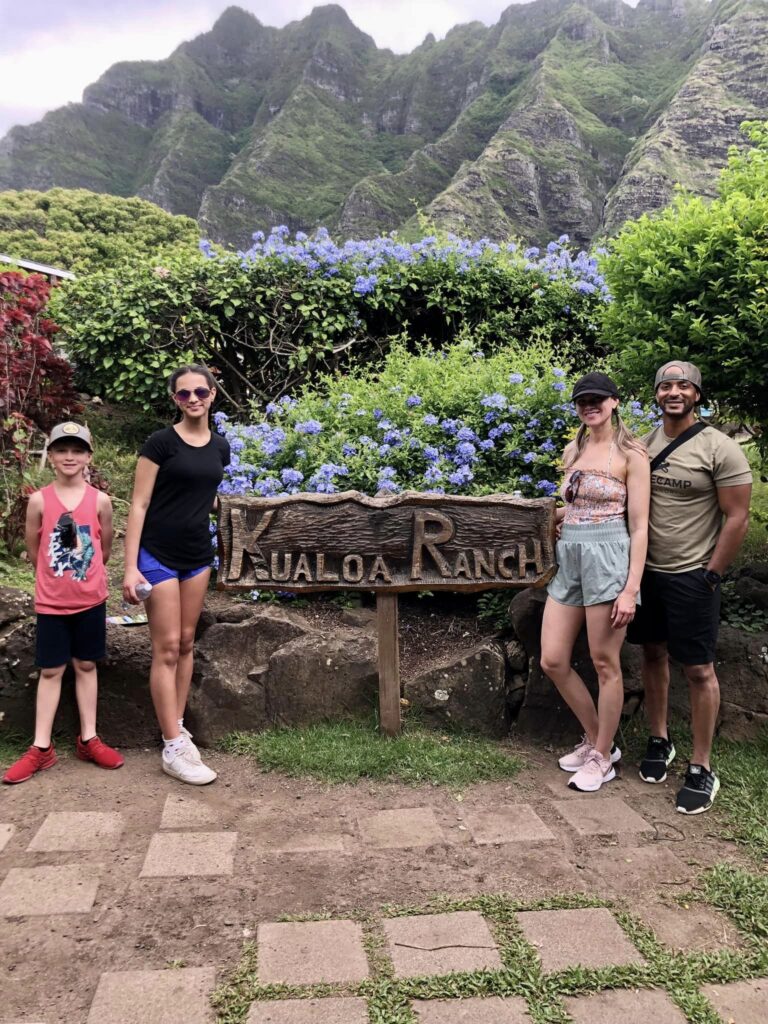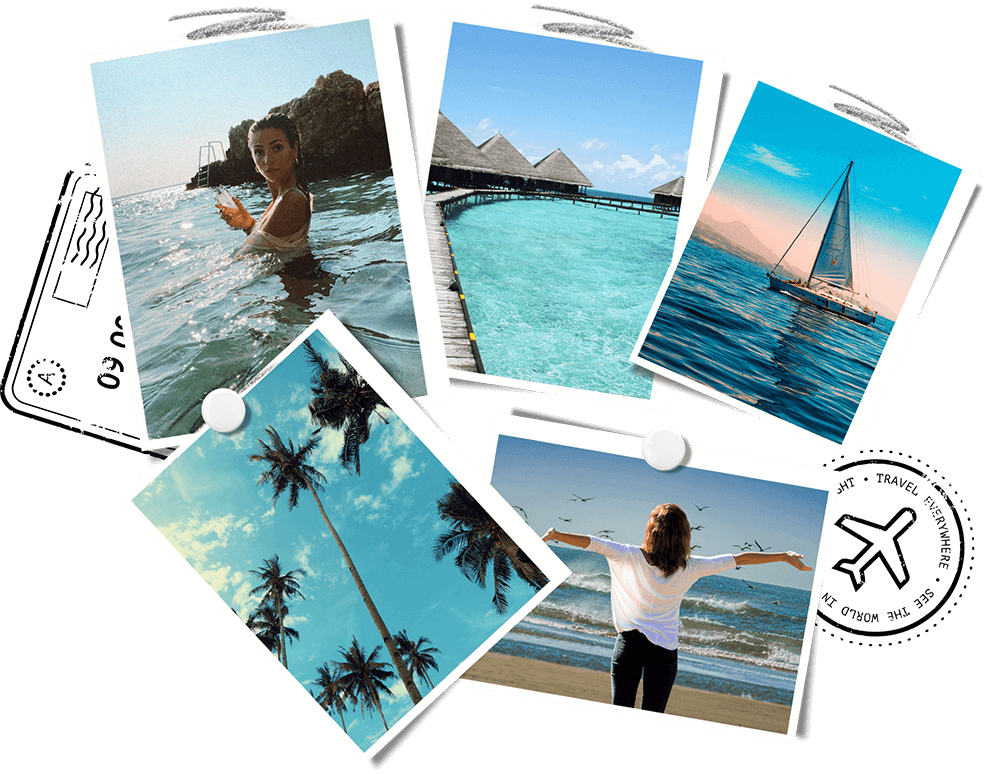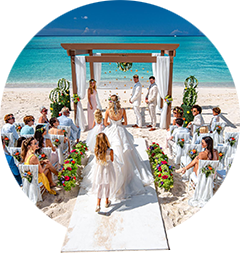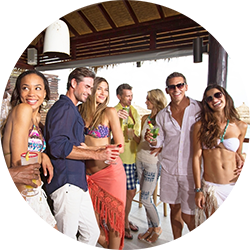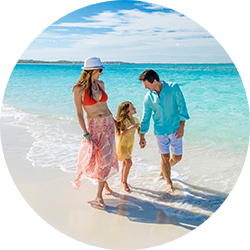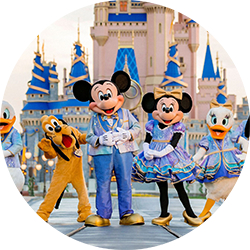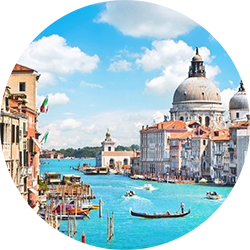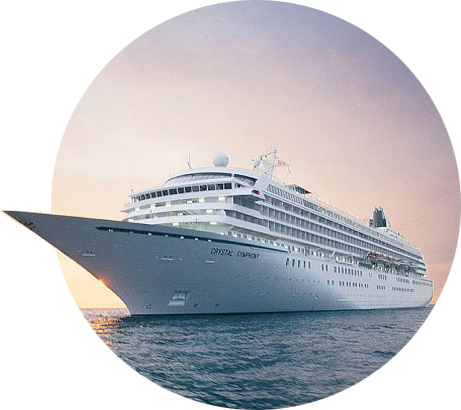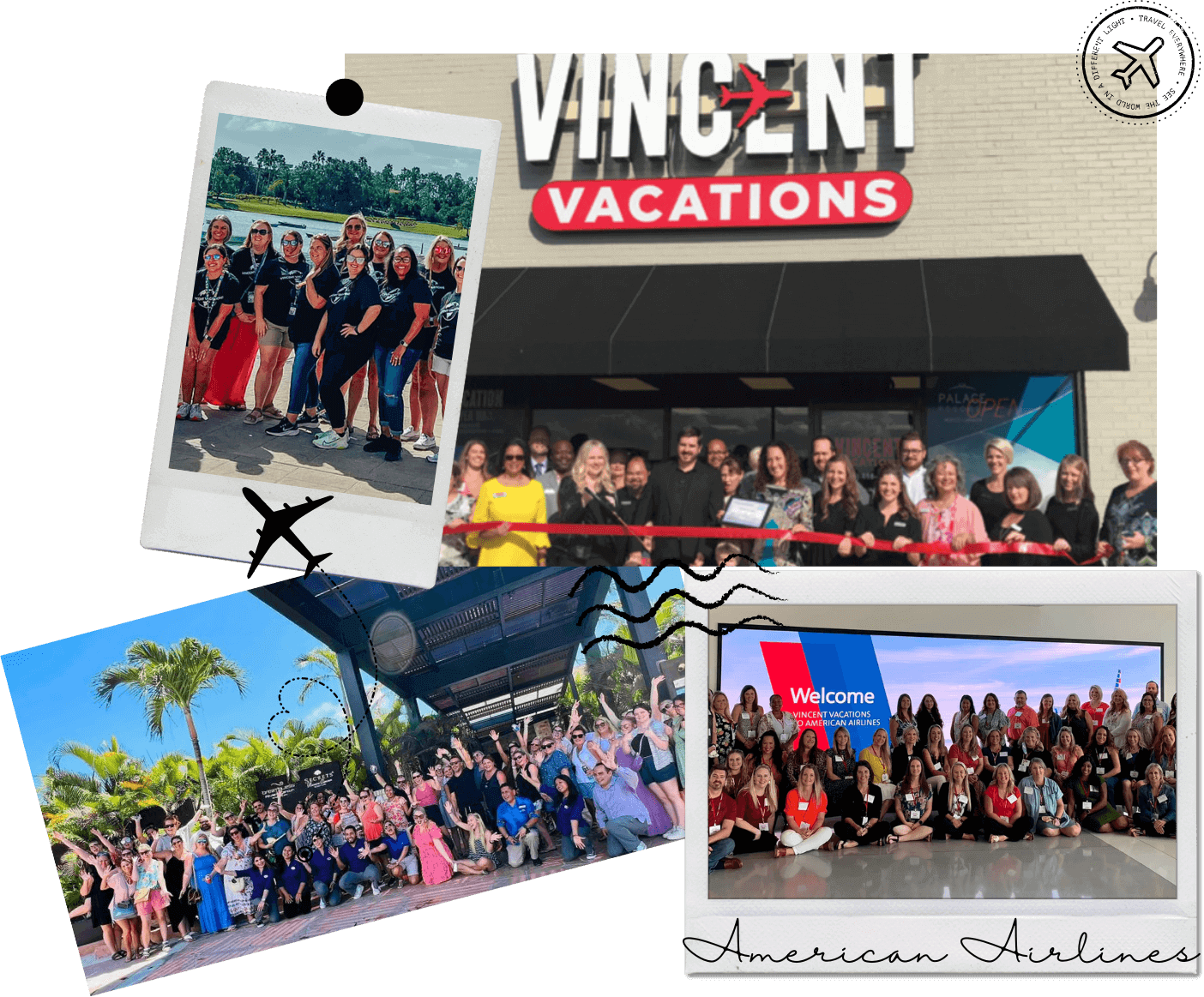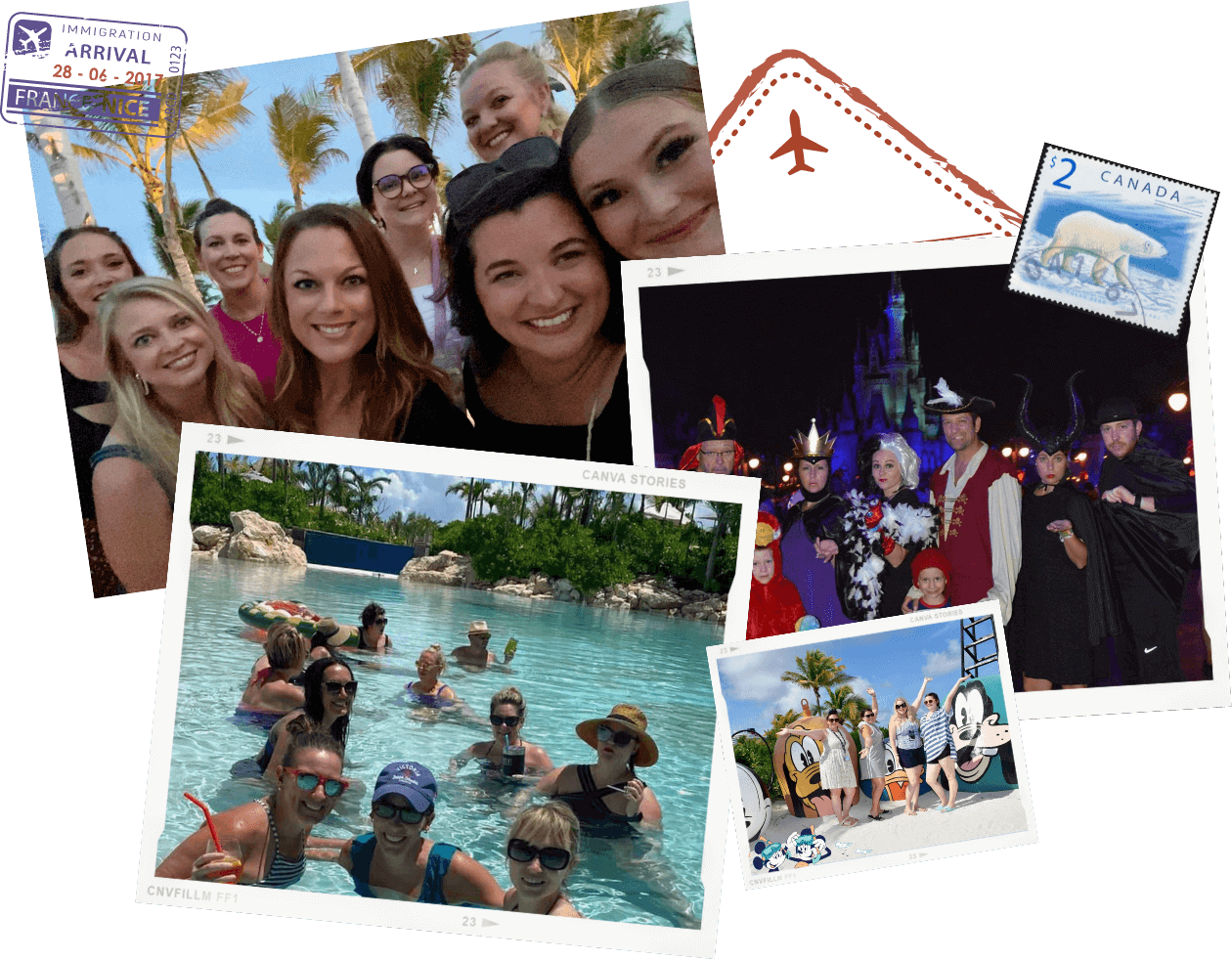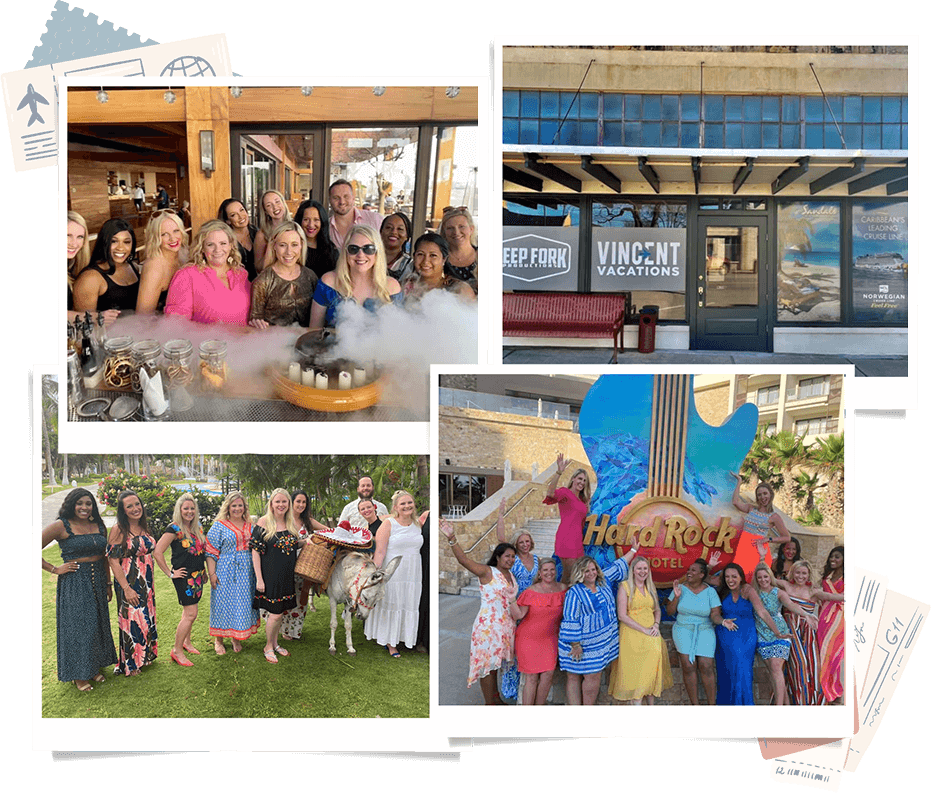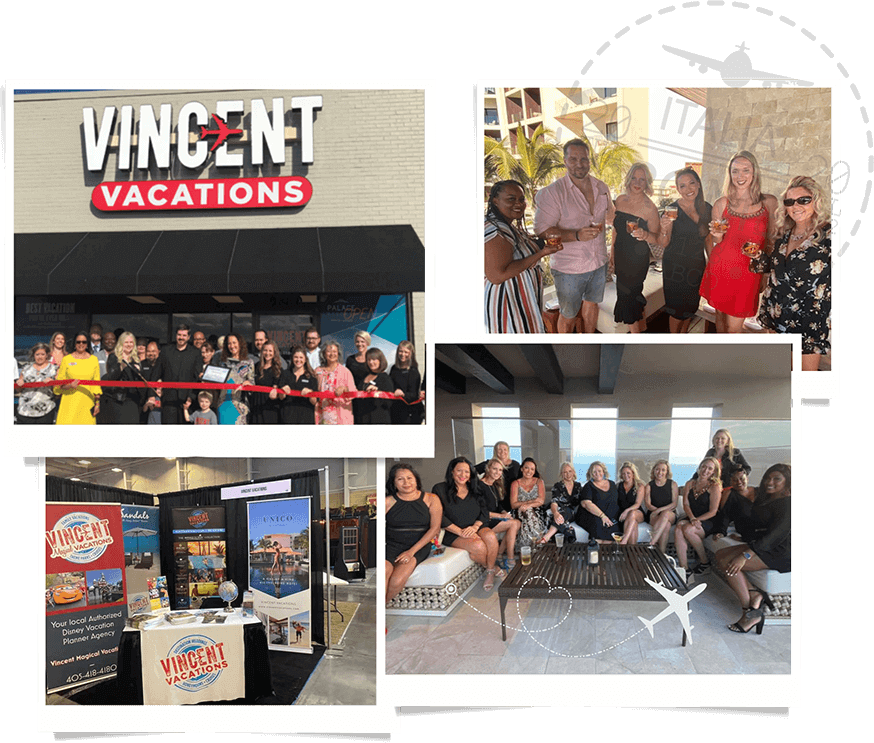Overview
Introduction
Oahu is the political, economic and population hub of Hawaii, assuming a place of importance that sets it apart from the rest of the state, which is often clumped into the designation of "Neighbor Islands."
Oahu is dominated by Honolulu, Hawaii's largest city. Although the high-rise office buildings and traffic-snarled freeways don't match many people's romantic ideal of what Hawaii should be, we feel that the multicultural mix of the island is the best reason to go. In a way, Oahu has the best of all the islands: vibrant city life, lush greenery, beautiful beaches and great historic sites.
Geography
Oahu is a volcanic mass divided into sections by two separate mountain ranges. Both ranges run northwest to southeast: the Waianae Range on the western side of the island and the Koolau Range to the east. The Koolau separates the city of Honolulu and its hotel-choked neighborhood of Waikiki from the windward side of the island and the towns of Kailua and Kaneohe. Travelers can take one of three tunnels—Pali, Likelike or the H-3 Highway—to cross from one side to the other.
Between the two mountain ranges is a central plain. To the south of this plain is Pearl Harbor; to the north is the legendary big-wave winter surfing area known as the North Shore.
Honolulu's neighborhoods have distinctive identities. The office buildings of downtown Honolulu are just north of Honolulu Harbor. To the east of downtown is Waikiki, which is bordered by Diamond Head. Makiki Heights, to the north of downtown, surrounds the Punchbowl, a crater that is the home of the National Memorial Cemetery of the Pacific.
Inland from Waikiki is lovely, rainy Manoa, where you will find the University of Hawaii. Farther east are Hawaii Kai and Kahala, both known for their expensive homes.
Residents of Oahu rarely use compass directions to express where things are. Instead, islanders have developed a system of reference points that take Oahu's unique geography into account. You may be going toward the mountains (mauka) or the sea (makai). If you are on the leeward side of the island heading west, you are going ewa (pronounced evah), because the town of Ewa is on the southwestern tip of Oahu. If you are heading east, you are going "Diamond Head."
History
Oahu was an independent fiefdom controlled by a succession of Polynesian chiefs until the 1780s. That's when the ambitious king of Maui, Kahekili, conquered Oahu and killed its chief—his own stepson—in a bid to enlarge his territories. After Kahekili's death, his sons battled one another for control of the islands. This division made it easier for the now-legendary Kamehameha I to conquer all of the Hawaiian Islands. With the help of Westerners with firearms, Kamehameha's troops took Oahu in 1795 in a rout that ultimately forced the defenders to flee to the mountains behind Honolulu and over the cliffs at Nuuanu Pali. His court was set up in Waikiki, then moved to Honolulu in 1809.
During the first half of the 1800s, Oahu saw the same influx of foreign missionaries and whalers that arrived on other Hawaiian Islands. By the 1840s, Honolulu was a busy port town doing a brisk trade in the sandalwood harvested on the island. Sandalwood later gave way to sugar, and laborers from China, Japan, Portugal and the Philippines were brought in to work the plantations.
After U.S. sugar companies engineered the takeover of the Hawaiian Islands (they were annexed by the U.S. in 1898), Oahu's Pearl Harbor became the centerpiece of U.S. naval operations in the Pacific. On 7 December 1941, a squadron of some 400 Japanese planes attacked the base, killing more than 2,400 people and marking the entrance of the U.S. into World War II.
With the advent of jet travel in the postwar years, Honolulu became the gateway for millions of paradise-seeking vacationers, and developers built the towering hotels of Waikiki.
Potpourri
If you want to look like a local, stick out your pinky and thumb, while tucking down your other three fingers. Called the shaka, the gesture means "hey," "great" or "thanks."
Geckos (small lizards) are rampant in Hawaii. Don't be scared of them—they're harmless, they eat bugs, and they're considered good luck.
When choosing a guava to eat, remember: The bigger the navel, the sweeter the fruit.
Flip-flops are called "slippers" in Hawaii and are acceptable footwear just about everywhere.
The highest point on Oahu is Mount Kaala, rising 4,025 ft/1,227 m.
Oahu enjoys greater ethnic diversity—and thus a wider range of cuisines in its restaurants—than any other Hawaiian Island.
Location
Honolulu is served by two cruise terminals at the Oahu Dock: the Honolulu Cruise Terminal at the Aloha Tower Marketplace and the newer Pier 2 Terminal. The terminal complex is centered around Aloha Tower, allowing passengers to step right into the heart of the city.
Transport to and from the cruise terminals is easy with handily available taxis and TheBus, Oahu's reliable public mass transport system. The Waikiki Trolley has five lines to and from major island attractions.
Shore Excursions
Common shore excursion in and around Honolulu include Aloha Tower and the surrounding marketplace complex with more than 70 stores featuring contemporary boutiques and unique local merchandise.
Also popular are organized or self-guided tours to Pearl Harbor, home base for the USS Arizona Memorial, the Battleship Missouri Memorial and the USS Bowfin Submarine and Museum; the Polynesian Cultural Center and Waikiki Beach.
As you casually sip your Mai Tai and twirl your cocktail umbrella in your fingers, here’s a fun fact to lay (or lei) on your fellow cruisers: Oahu is often called “The Gathering Place” because over 75% of the state’s population lives on this island. Here are four reasons you’ll want to take a Honolulu Cruise – and maybe even choose to stay.
Contact us for the latest Oahu deals.

